|
My Links
|
CG-47 Ticonderoga
Modern US Navy guided missile cruisers perform primarily in a Battle Force role. Due to their extensive combat capability, these ships have been designated as Battle Force Capable (BFC) units. Their primary armament is the Vertical Launching System (VLS) employs both the long range surface-to-surface Tomahawk Cruise Missile and the Standard Surface-to-Air Missile. These multi-mission ships are capable of sustained combat operations in any combination of Anti-Air, Anti-Submarine, Anti- Surface, and Strike warfare environments. They are built to be employed in support of Carrier Battle Groups, Amphibious Assault Groups, as well as interdiction and escort missions. The Ticonderoga class, using the highly successful Spruance hull, was initially designated as a Guided Missile Destroyer (DDG), but was redesignated as a Guided Missile Cruiser (CG) on January 1, 1980. The Ticonderoga class were the first surface combatant ships equipped with the AEGIS Weapons System, the most sophisticated air defense system in the world. Technological advances in the Standard Missile coupled with the AEGIS combat system in Ticonderoga class cruisers and the upgrading of older cruisers have increased the AAW capability of surface combatants. The heart of the AEGIS system is the SPY-1A radar, which automatically detects and tracks air contacts to beyond 200 miles. The AEGIS Weapons System is designed to defeat attacking missiles and provide quick reaction, high firepower, and jamming resistance to deal with the Anti-Air Warfare threat expected to be faced by the Battle Group. Twenty-two TICONDEROGA-class AEGIS cruisers, starting with CG-52, have vertical launch systems (VLS) which permit them to carry and launch significant numbers of TOMAHAWK precision strike cruise missiles against targets of military importance deep in enemy territory. This land attack capability, coupled to their AEGIS anti-air missile systems, AN/SQQ-89 Undersea Warfare system and sophisticated C4ISR suite, make these ships the most powerful surface combatants in service with any navy. A new modernization plan for surface combatants would decommission some ships early, but would boost the firepower of the remaining force by adding the Vertical Launch System (VLS). The five TICONDEROGA-class cruisers in the fleet without VLS would receive the system: USS TICONDEROGA (CG 47), USS YORKTOWN (CG 48), USS VINCENNES (CG 49), USS VALLEY FORCE (CG 50) and USS THOMAS GATES (CG 51). The Ticonderoga class also brings a multi-warfare capability to the Fleet which significantly strengthens Battle Group operation effectiveness, defense, and survivability. The cruisers are equipped with Tomahawk ASM/LAM giving them additional long range strike mission capability. The addition of Tomahawk ASM/LAM in the CG-47 class has vastly complicated unit target planning for any potential enemy and returned an offensive strike role to the surface forces that seemed to have been lost to air power at Pearl Harbor. Two five-inch gun mounts are used against threatening ships and boats, low-flying aircraft, or to bombard shore targets. In addition, the ships carry a strong Anti-Submarine Warfare Suite and the Navy's latest Electronic Warfare Suite is also aboard. The cruisers have the most advanced underwater surveillance system available today. The Anti-Submarine Warfare (ASW) equipment consists of a hull-mounted SONAR, an Acoustic Array SONAR which is towed like a tail behind the ship, and a helicopter that can locate ships or submarines over 100 miles away. CG-47 Ticonderoga Photos 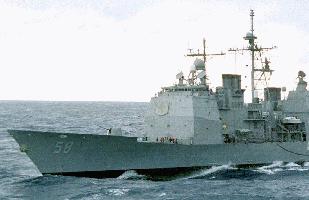


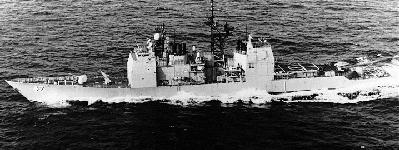
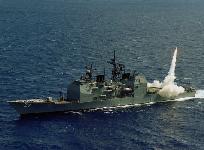

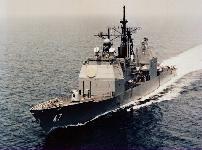
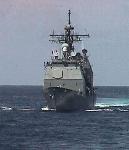
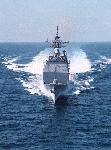
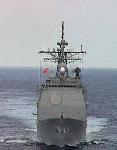
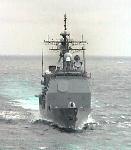


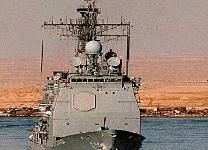
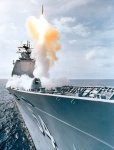
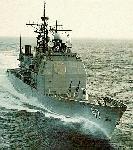
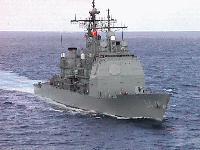
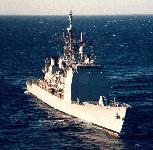
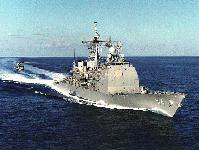
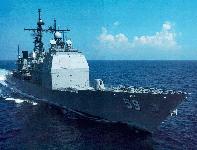
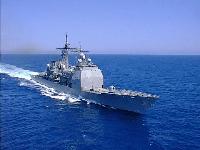
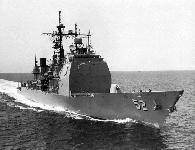

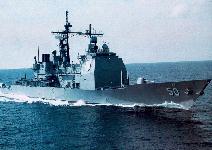
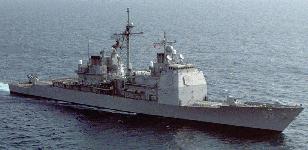

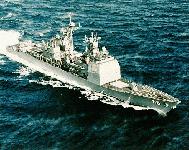
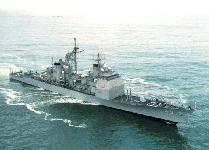
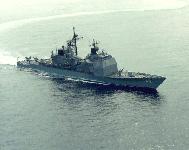
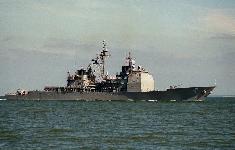


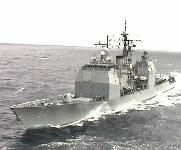
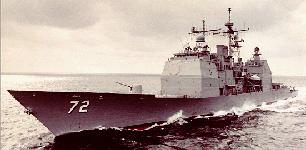
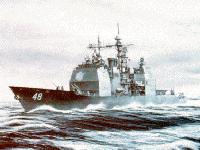
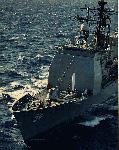


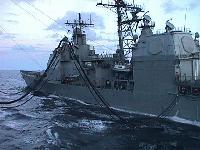
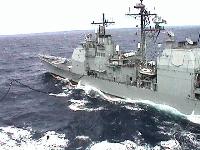
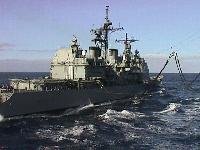
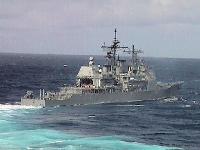
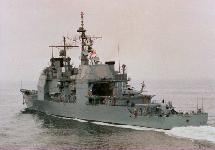
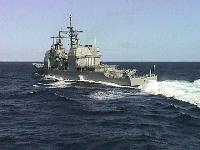
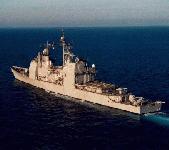
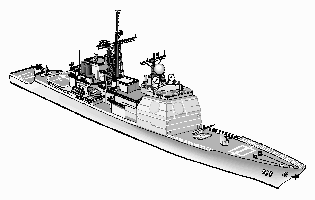
|
| Copyright © 2002, Josh Riccio, All Rights Reserved. | |